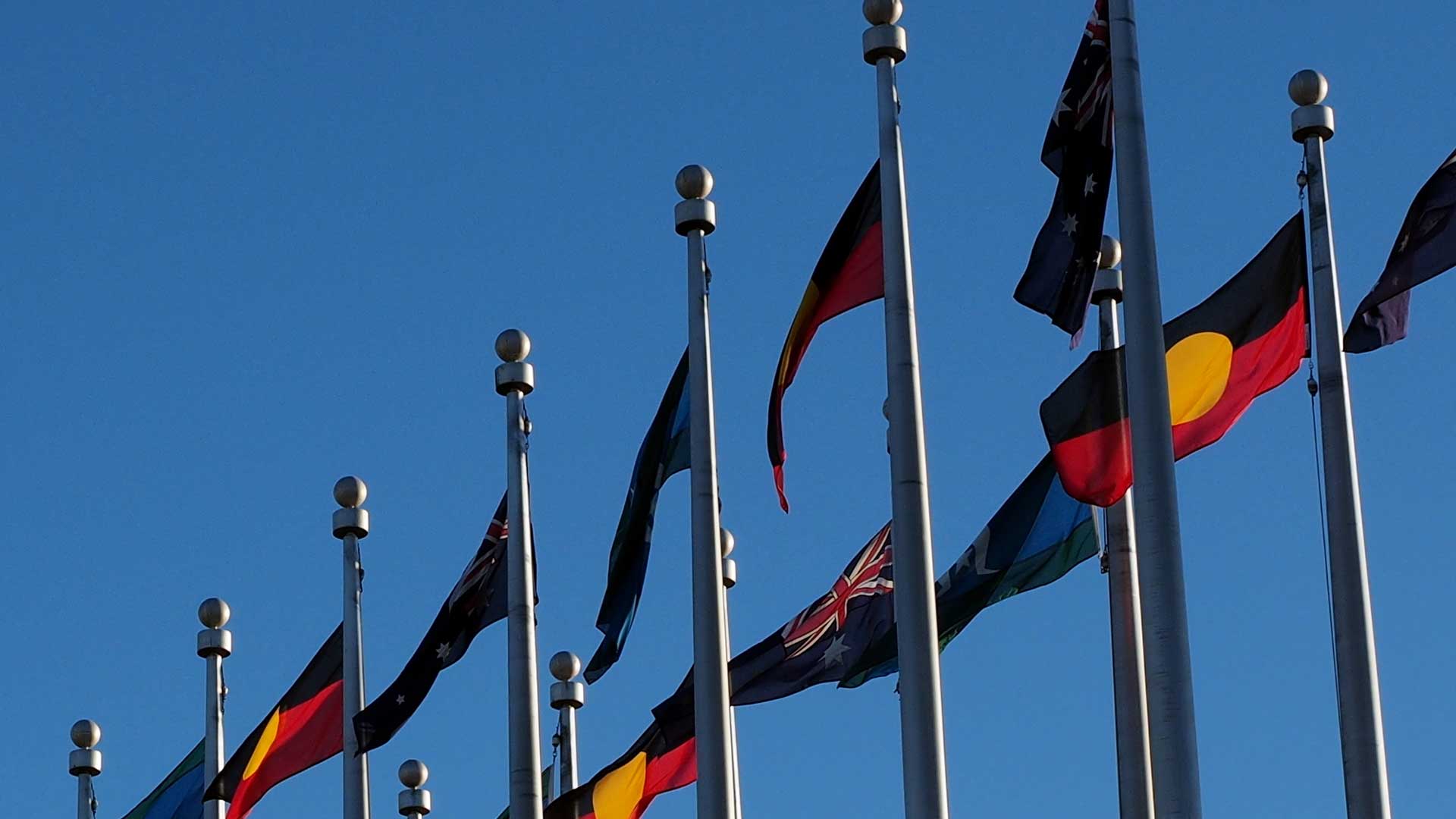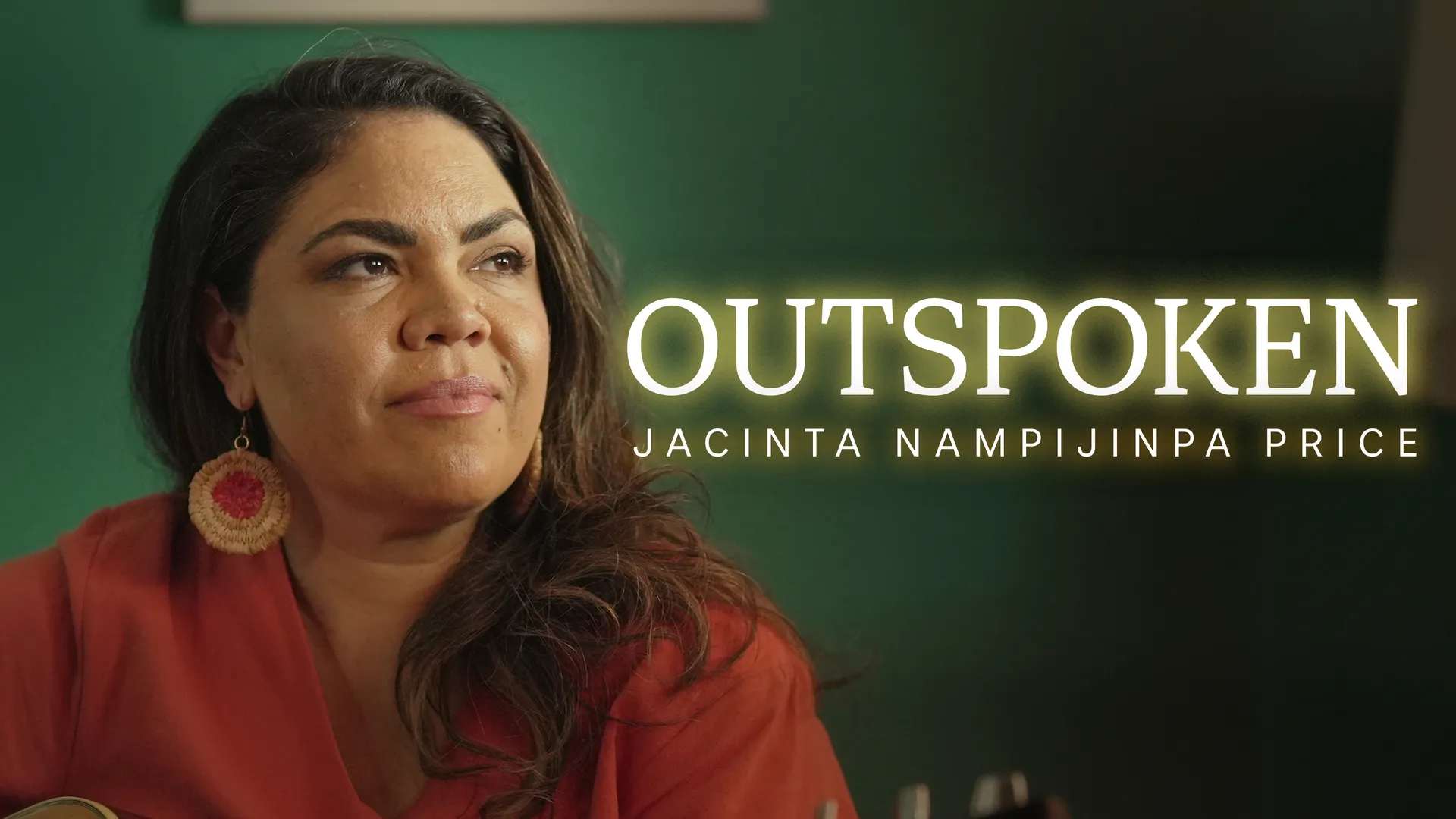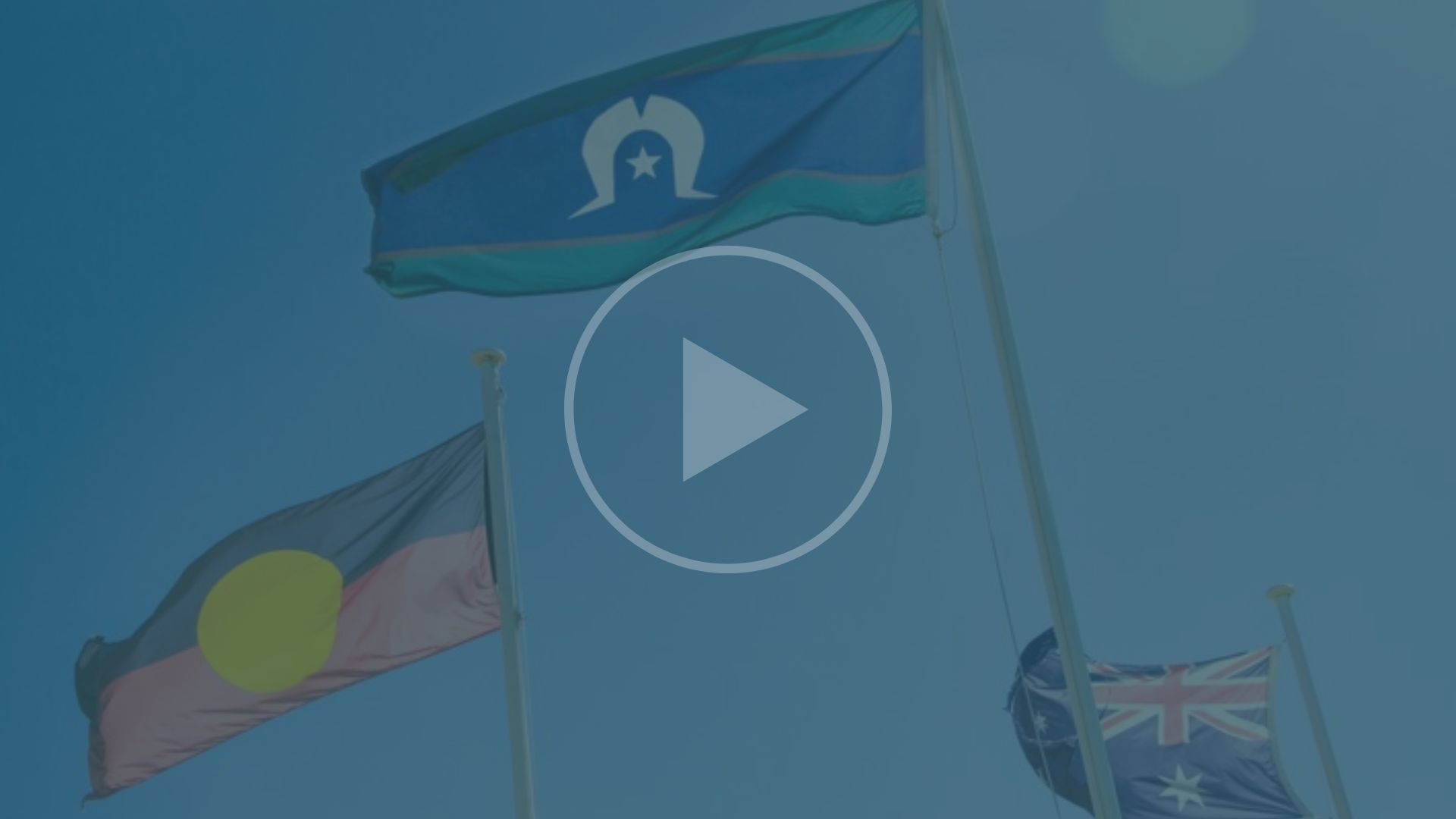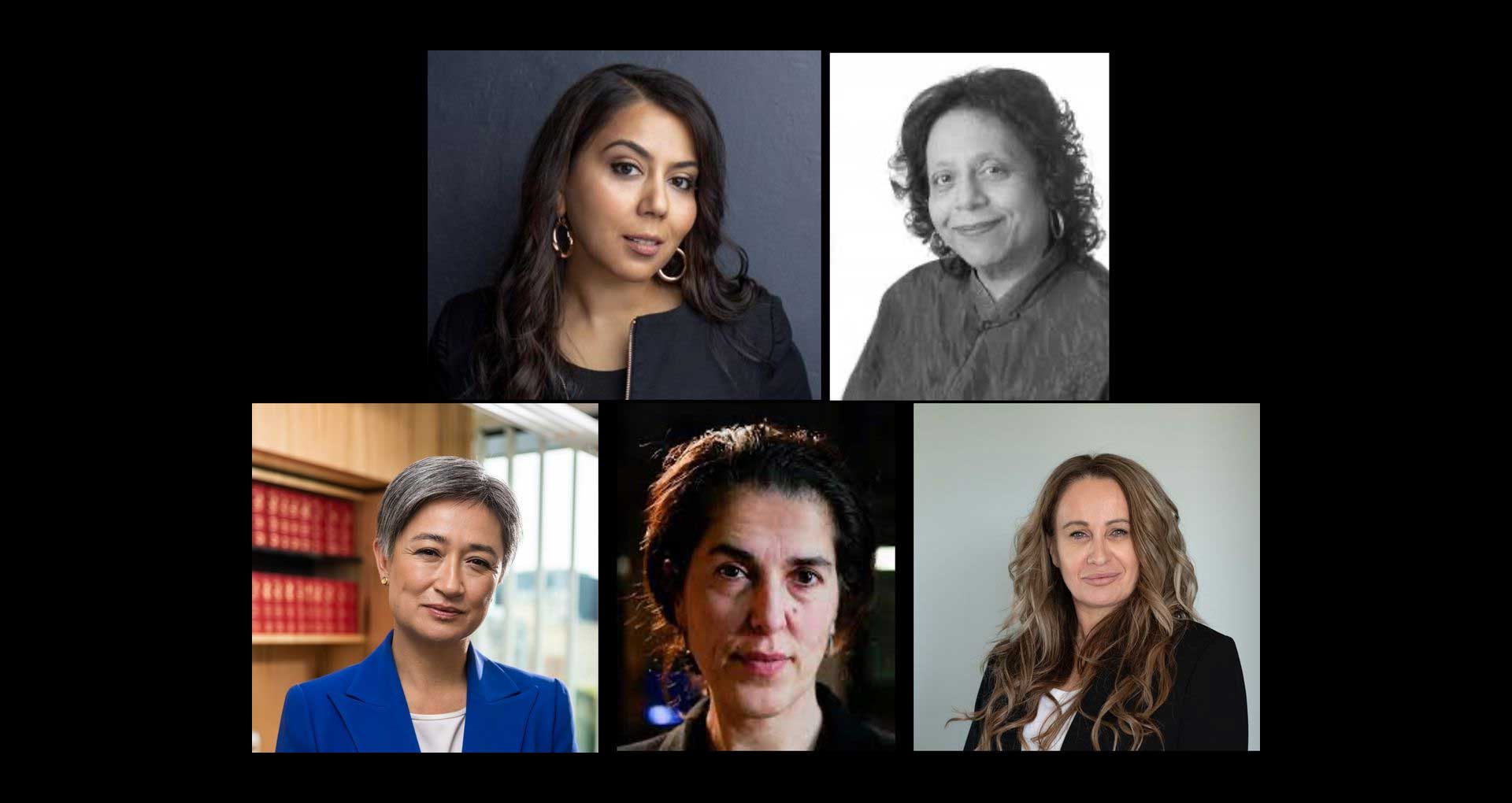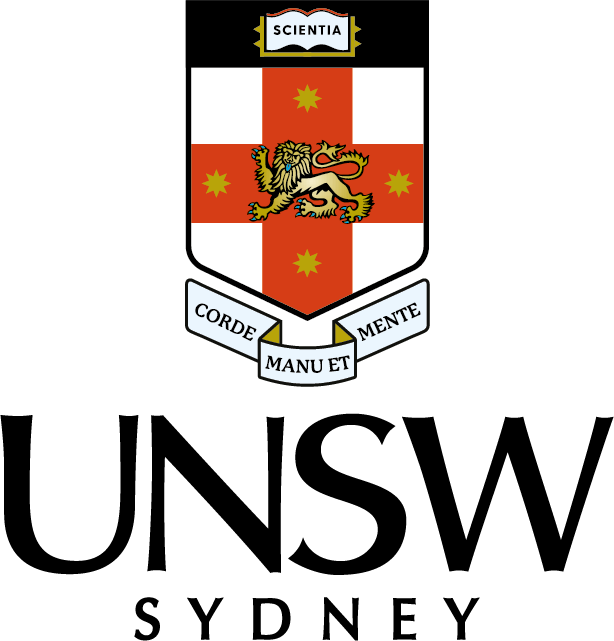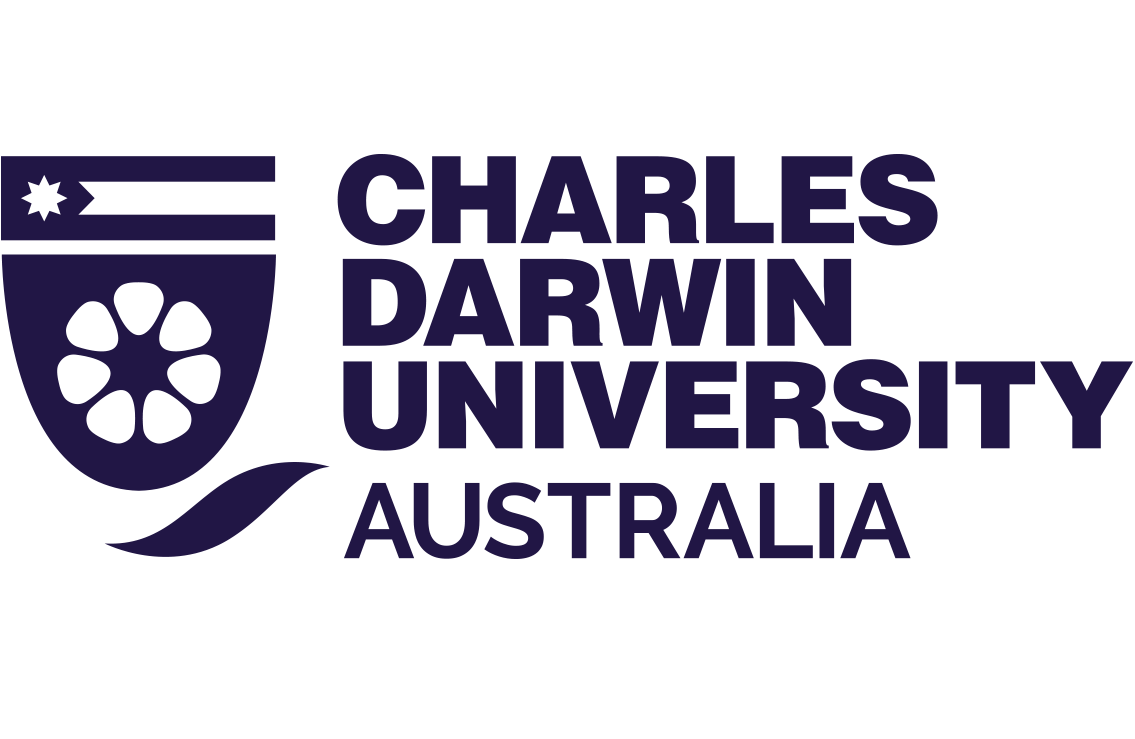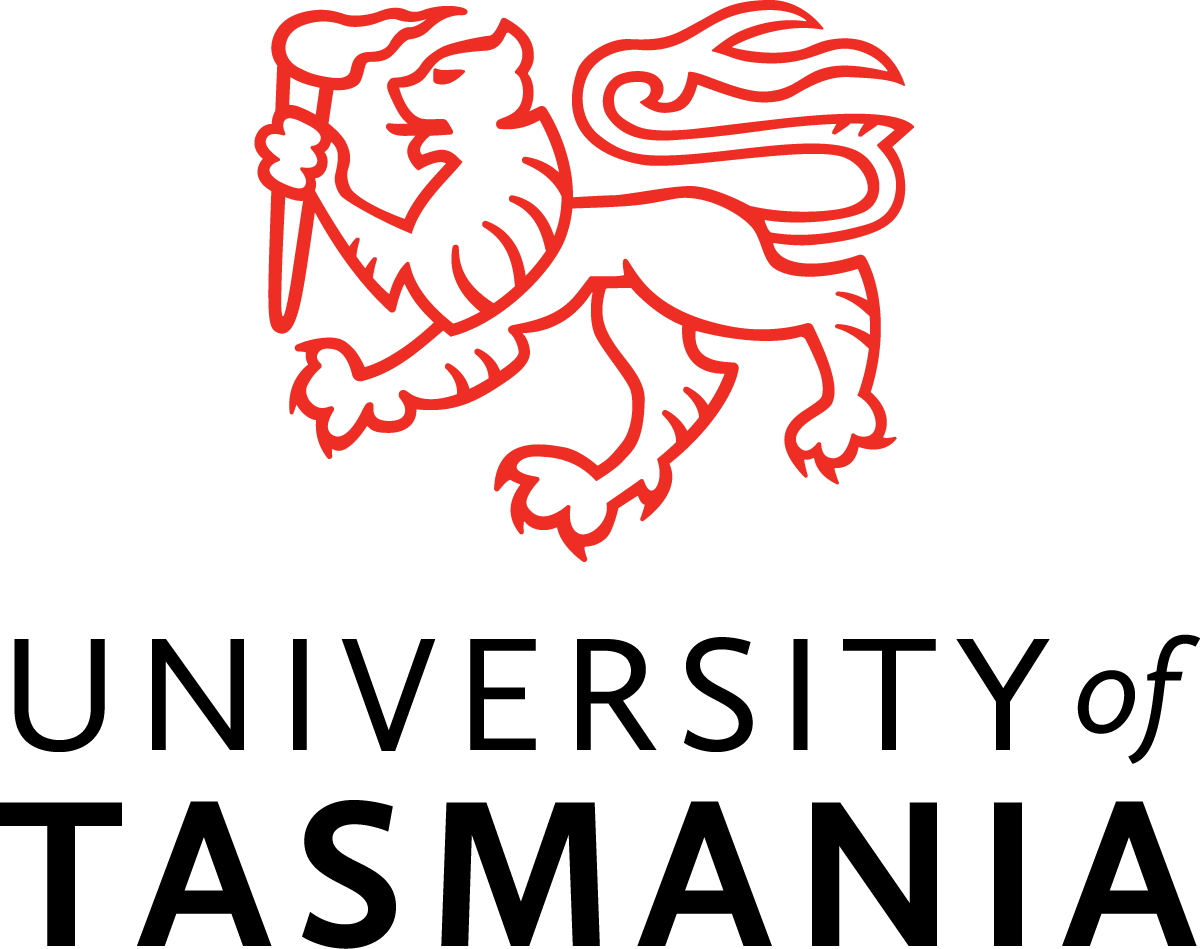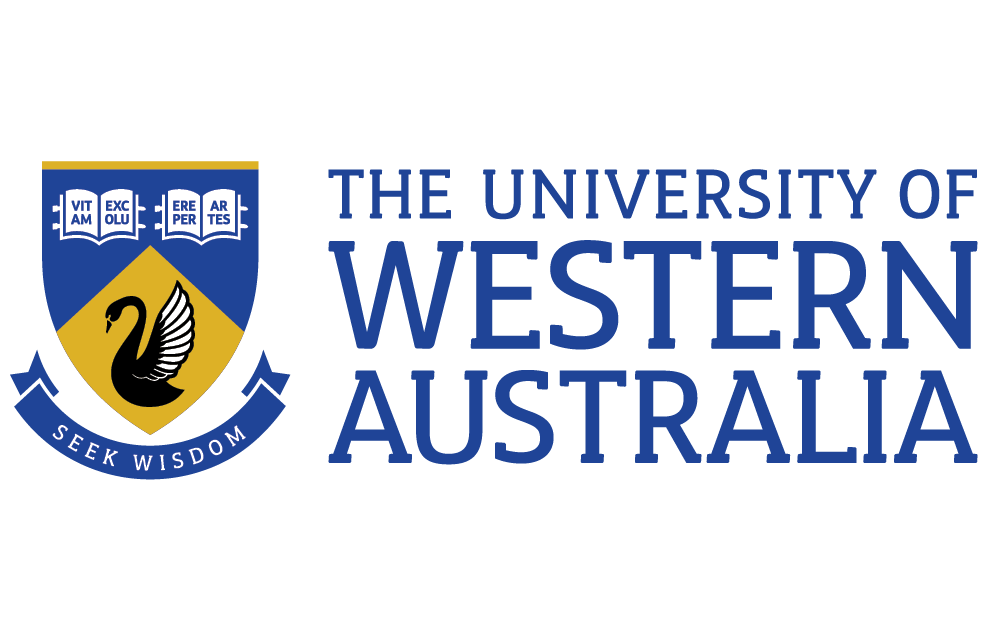Associate Professor Michelle Evans & Professor Duncan McDonnell, Australian Journal of Political Science, April 2022
While the number of elected Indigenous representatives has increased over the past two decades, we know little about their pathways to candidature, which parties they stand for, the winnability of seats they stand in, and whether they are successful.
Using election data from 2001 to 2021, and interviews with 50 (or 80%) of all Indigenous candidates between 2010 and 2019, this study by Associate Professor Michelle Evans & Professor Duncan McDonnell provides answers to these questions.
It finds, first, that Indigenous candidates are usually winners, as 53.2% of candidatures have resulted in an election victory. Second, most candidates are from the ALP and Indigenous women tend to do better than men. Third, despite some high-profile ‘parachutes’, most Indigenous candidates are ‘partisans’ (i.e. party members for at least a year before standing).
Other findings:
- There were 143 Indigenous candidatures by the major Australian parties between 2001 and 2021.
- Of these, 71% were ALP. Labor has stood more Indigenous women than Indigenous men (Liberals & CLP have fielded over 3 times as many Indigenous men as women)
- While Indigenous men and women run in approximately equal measures in winnable seats, Indigenous women have higher success rate than men (66.1% to 43.8).
Read the article
